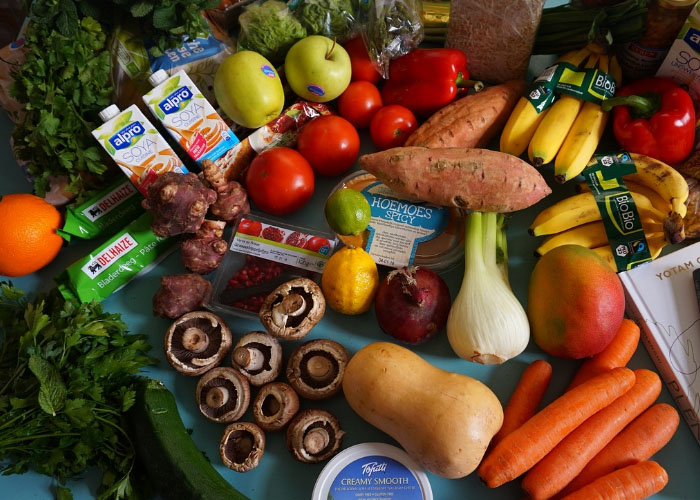Trimming Your Grocery Bill: Making Healthy Eating Affordable
In a world where convenience often comes with a hefty price tag, many individuals find themselves struggling to balance their desire for nutritious meals with the reality of a limited budget. However, with a bit of planning, creativity, and savvy shopping strategies, it’s possible to cut your grocery bill without sacrificing the quality or nutritional value of your meals. In this article, we’ll explore practical tips and tricks to help you make healthy eating choices while keeping your grocery costs in check.
- Plan Ahead and Stick to a Budget:
One of the most effective ways to reduce your grocery bill is to plan your meals in advance and create a budget to guide your spending. Take some time each week to plan your meals, make a list of the ingredients you’ll need, and set a budget based on your financial constraints. Stick to your list while shopping to avoid impulse purchases and unnecessary expenses. - Buy in Bulk and Look for Sales:
Buying in bulk can often lead to significant cost savings, especially for staple items like grains, beans, nuts, and frozen fruits and vegetables. Look for sales, discounts, and promotions at your local grocery store or consider shopping at wholesale clubs where you can purchase larger quantities of items at lower prices. Just be sure to check the unit price to ensure you’re getting the best value for your money. - Opt for Seasonal and Locally Grown Produce:
Seasonal fruits and vegetables are not only fresher and more flavorful but also tend to be more affordable since they’re in abundance during their peak growing season. Visit farmers’ markets or farm stands in your area to find locally grown produce at competitive prices. You can also consider joining a community-supported agriculture (CSA) program to receive a weekly or monthly box of fresh, seasonal produce directly from local farmers. - Embrace Meatless Meals and Plant-Based Proteins:
Meat and poultry can be expensive, so consider incorporating more meatless meals into your diet using affordable plant-based proteins such as beans, lentils, tofu, tempeh, and chickpeas. Not only are these options budget-friendly, but they’re also rich in fiber, vitamins, and minerals, making them a nutritious and sustainable choice for your health and the planet. - Minimize Food Waste and Repurpose Leftovers:
Food waste not only contributes to environmental problems but also wastes money. Plan your meals thoughtfully to avoid buying more food than you need, and use up leftovers creatively by incorporating them into new dishes or packing them for lunches. Get creative with ingredients you already have on hand to minimize waste and stretch your grocery budget further. - Cook at Home and Pack Your Own Meals:
Eating out can be expensive, so try to cook at home as much as possible and pack your own meals for work or school. Not only is homemade food generally healthier and more affordable, but it also gives you greater control over portion sizes and ingredients. Invest in quality reusable containers and meal prep tools to streamline the process and make meal prep more efficient.
Conclusion:
With a bit of planning, creativity, and smart shopping strategies, it’s possible to cut your grocery bill while still enjoying delicious, nutritious meals. By planning ahead, buying in bulk, opting for seasonal produce, embracing meatless meals, minimizing food waste, and cooking at home, you can make healthy eating affordable and sustainable for both your wallet and your well-being. Remember, small changes can add up to big savings over time, so start implementing these tips today and watch your grocery costs shrink without sacrificing the quality of your meals.

